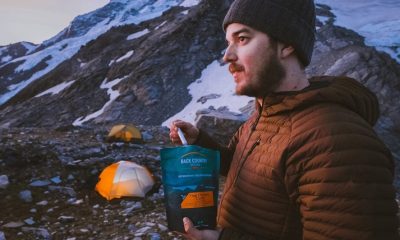Sports & Travel
Snow Apparel: Layering and Its Benefits Explained
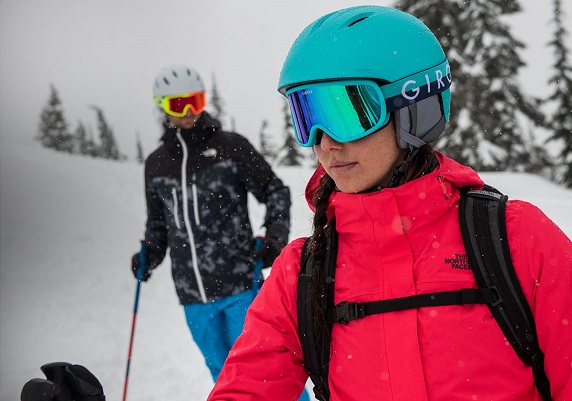
When on the slopes, staying warm and dry are the two most important parts of having an enjoyable experience. Contrary to what many people think, putting on the warmest clothes you have isn’t the best way to beat the cold. Since winter activities are very physical, you’re bound to sweat under all of your garments. For that very reason, having the proper snow apparel, and using a smart layering system are the two essential aspects of being comfortable, no matter how active you are. But in order to understand layering and the benefits it provides, you first need to understand the basic functions of every layer.
Base Layers
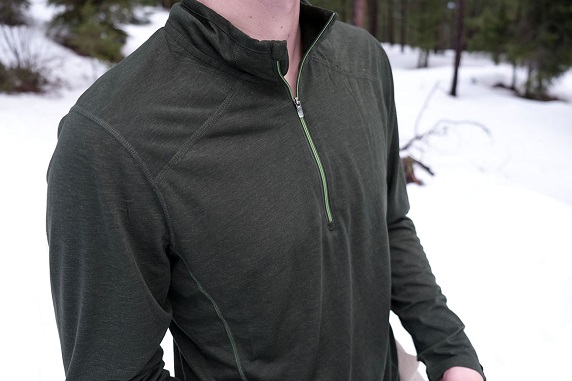
The main purpose of base layer snow apparel is moisture management. In other words, its goal is to move perspiration away from the skin or wick away the moisture. Whether you’re skiing or snowboarding in cold or cool conditions, long-underwear base layers with outstanding moisture-wicking properties are a must. There are many more benefits of base layers, such as helping regulate your body’s temperature, allowing for unrestricted movement, etc. However, in order to reap these benefits, you need to buy pieces that are the proper fit, are made of the right fabric, and are the right style. Here’s a more detailed explanation about thermal underwear.
Middle Layers
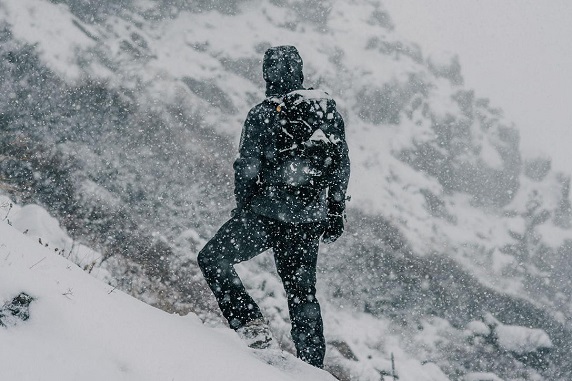
The purpose of the middle layer is to provide enough insulation so that you can retain your body’s heat, thus stay warm and comfortable even in the most extreme weather conditions. Similarly to base layer snow clothes, middle layers can be made of a variety of materials. Usually, thicker pieces are warmer, although the insulating properties of the material are also extremely important. Some popular layer materials are merino wool and synthetic blends.
For instance, polyester fleece is a popular material as it’s available in fabrics of different weight, it stays warm even if it gets damp, and it dries rather quickly. Additionally, fleece is breathable, so there are fewer chances of overheating when wearing it. However, on the downside, more breathability means that wind can blow right through it and steal some warmth, which is why having a shell layer on you if you opt for a fleece middle layer is important.
Then, there are down-insulated jackets, which are compressible for easy packing and transport. Down insulated snow apparel offers a great warmth-to-weight ratio, and its efficiency is measured in fill power that ranges from 450 to 900. Due to the fact that down is inside a shell material, jackets made out of this type of insulation offer decent wind and water-resistant properties. But on the downside, it loses some of its insulating efficiency when it gets damp.
Another popular middle layer option is synthetic insulated jackets. While they don’t offer as much insulation as down insulated jackets, they’re constantly becoming better at it. They also don’t compress as well as down, but they’re a great option for snowing and skiing in wet conditions as they don’t lose their insulating capabilities when damp. And just like down insulation, synthetic insulation is always inside a shell material that offers extra wind and water resistance properties.
Outer Layers
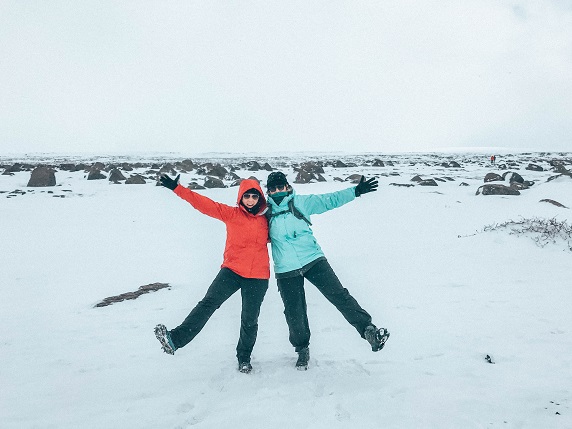
The purpose of the outer layer, also known as the shell layer, is protecting you from snow, rain and wind. Most outer layers are treated with DWR (durable water repellent) and allow for some perspiration to escape. This layer is a key piece in extreme weather, simply because if water and wind pass through your inner layers, you can get frostbites. Usually, shells are divided into a few categories.
- Waterproof plus breathable shells are the most expensive but most functional option. They are ideal for full snowboarding and skiing in windy conditions.
- Water-resistant plus breathable shells are ideal for high activity, breezy and drizzly conditions. These are more affordable than the aforementioned shells, and they’re usually made of tightly woven polyester or nylon fabrics that block light rain and light wind.
- Waterproof plus non-breathable shells are ideal for light-to-no-activity on rainy days. They’re usually made of coated nylon, which is wind and waterproof.
- Soft shells are extremely breathable, made of fabric panels or stretch fabric for extra comfort when performing aerobic activities. Most soft shell layers combine light wind- and rain-protection features.
Utilising layering properly is extremely beneficial as it provides you with a lot of versatility and value. You can customise your clothing just the way you need it, and it allows you to adapt on the spot. That being said, layer up and make the most out of your snow wear. If the day starts out chilly and it gets warmer later on, take off the outer layer and open your middle layer vents to enjoy the sun’s warmth.
Writing for the blog since 2012, Chris simply loves the idea of providing people with useful info on business, technology, vehicles, industry, sports and travel – all subjects of his interest. Even though he sounds like quite the butch, he’d watch a chick flick occasionally if it makes the wife happy, and he’s a fan of skincare routines though you’d never have him admit that unless you compliment his impeccable skin complexion.

























